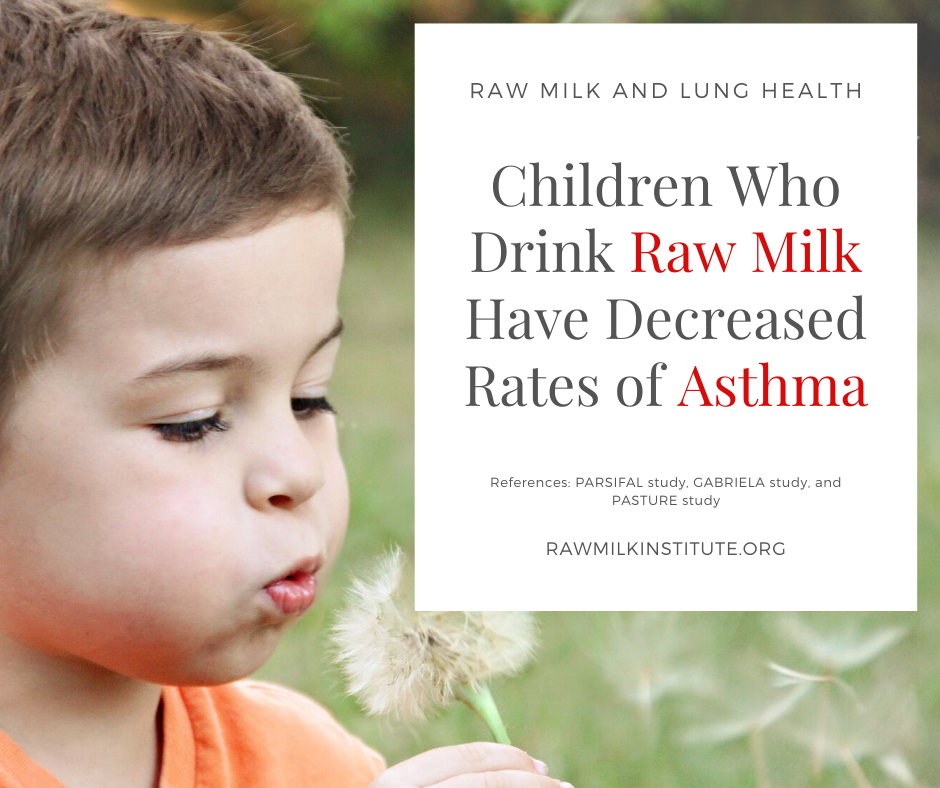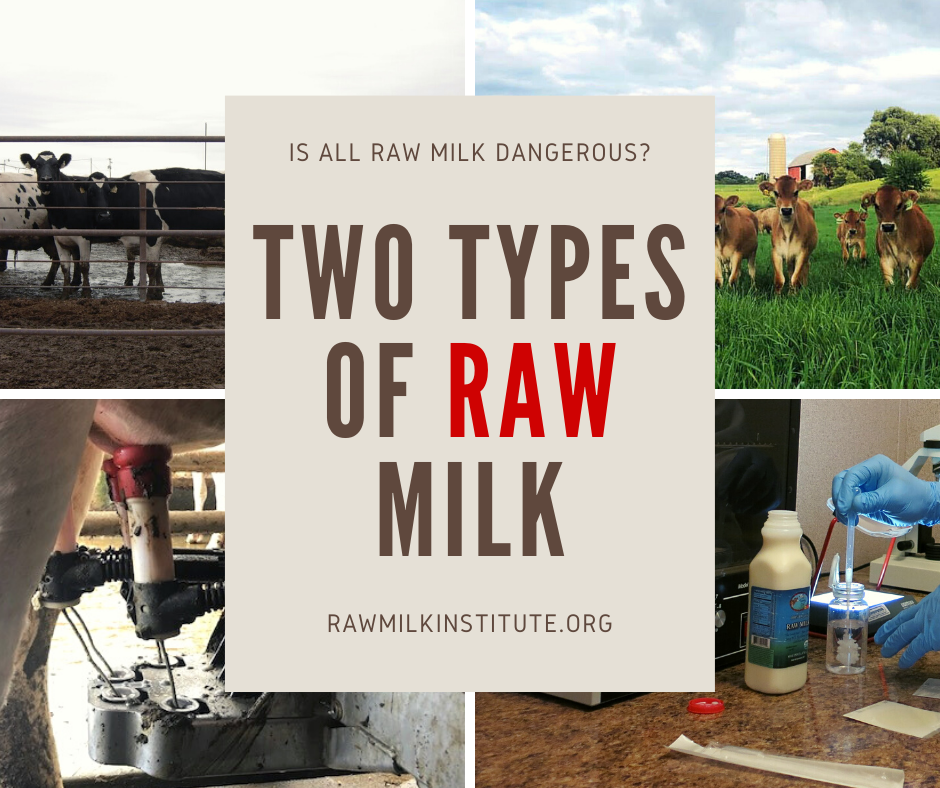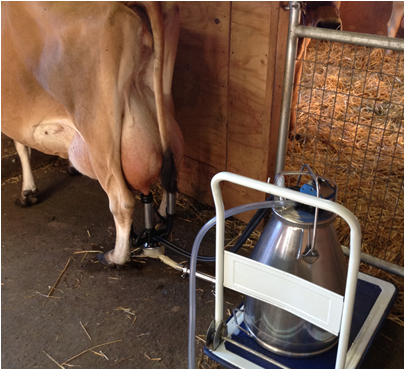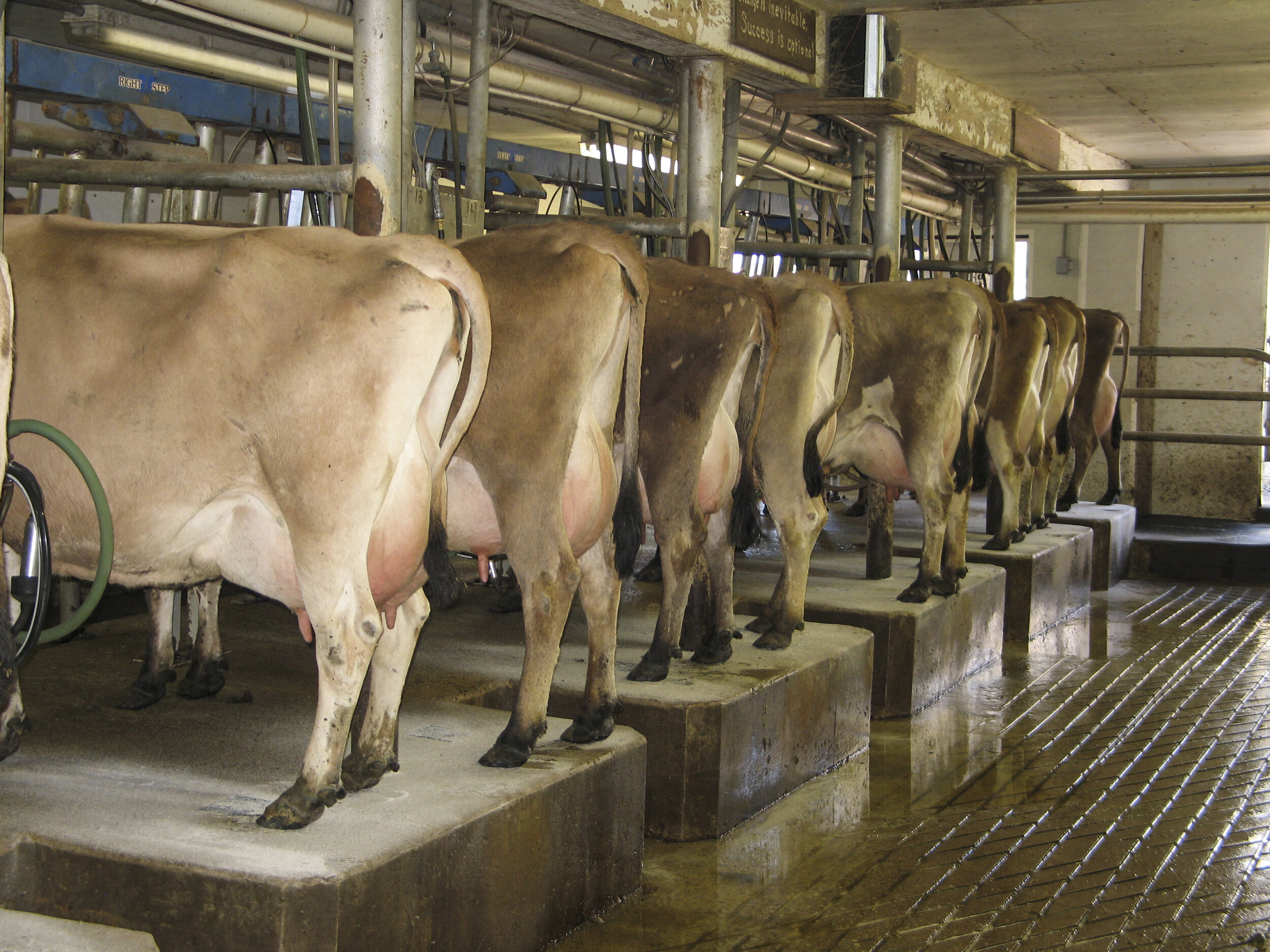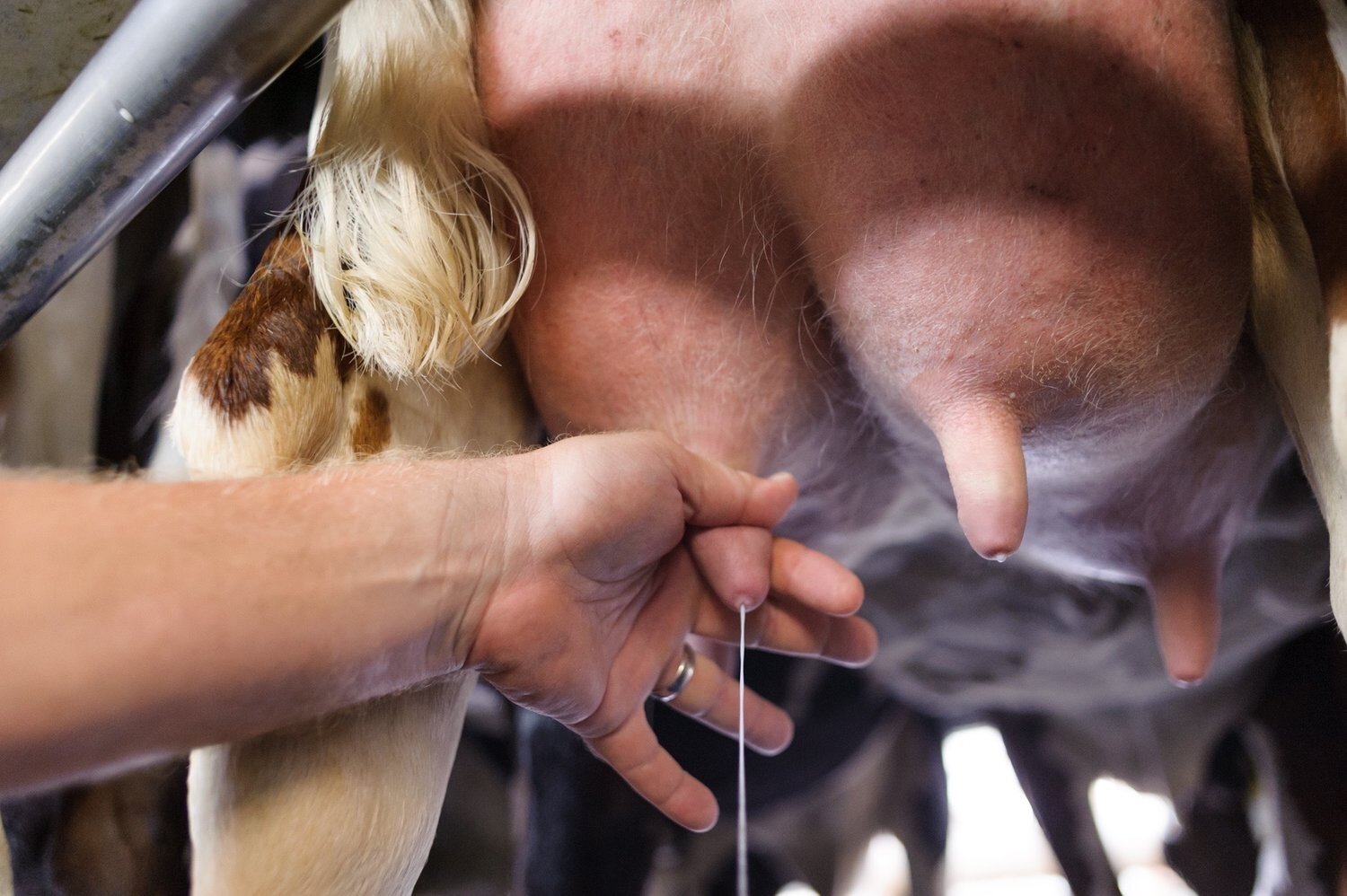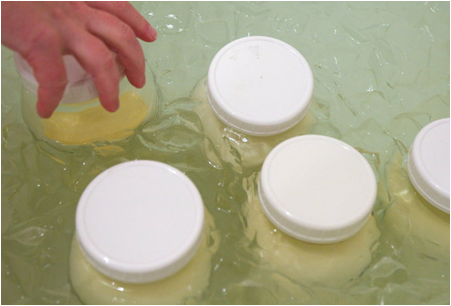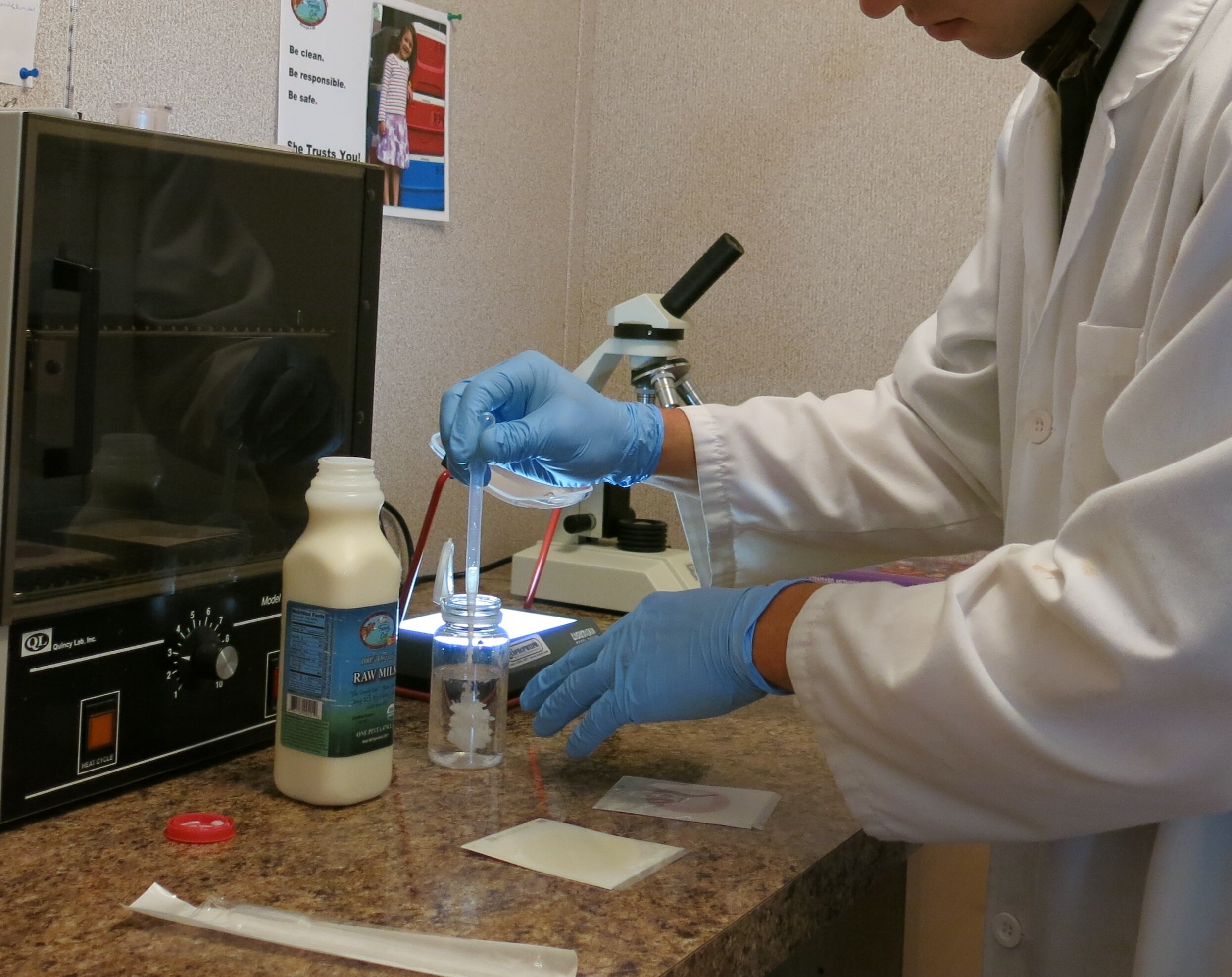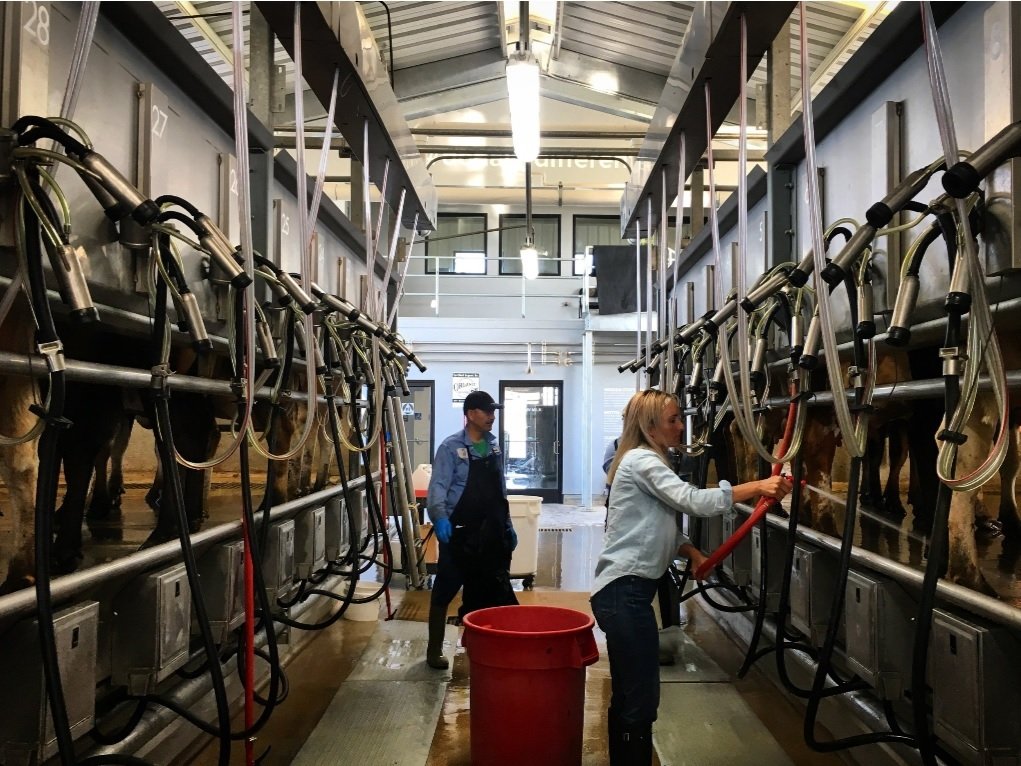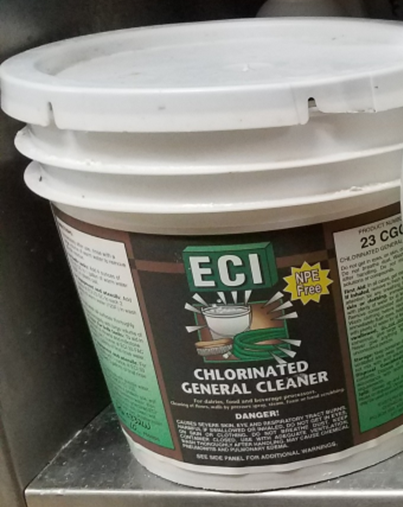Raw Milk, Asthma, and Lung Health
There are multiple peer-reviewed, scientific studies which correlate raw milk with improved lung health, both in childhood and adulthood.
Children Who Drink Raw Milk Have Less Asthma
Several large epidemiological studies of European children have found correlations between raw milk consumption and decreased rates of asthma.
PARSIFAL Study
The PARSIFAL study was designed to look at allergy risk factors in children. This large study of over 14,800 European children (from Austria, Germany, the Netherlands, Sweden, and Switzerland) investigated asthma and allergic diseases in relation to children’s exposure to different environments (farms, rural, suburban) and farm-fresh foods (such as raw dairy products, eggs, and vegetables). The PARSIFAL data relating to asthma and raw milk were published in December 2006 in the Journal of Clinical and Experimental Allergy [1].
The PARSIFAL study concluded that there is a "significant inverse association between farm [raw] milk consumption and childhood asthma." The study found that, regardless of which environment the children lived in, those children who drank raw milk had significantly lower rates of asthma than children who did not drink raw milk.
GABRIELA Study
The GABRIELA study was designed to investigate the genetic and environmental causes of asthma. This study included over 8,000 European children (from Germany, Austria, and Switzerland), and was published in the Journal of Allergy and Clinical Immunology in August 2011 [2]. In this study, raw milk consumption was compared to consumption of boiled/pasteurized milk, and the level of exposure to raw milk in utero through school age was also accounted for. The study also looked into the children’s exposure to farm environments as a possible variable related to rates of asthma.
The GABRIELA study found that raw milk consumption is associated with significantly lower rates of asthma, and that this beneficial effect is independent of other farm exposures. It was found that early exposure to raw milk (at <1 year of age) and daily consumption of raw milk increased the beneficial effect in children who drank a mixture of raw milk and pasteurized milk. The consumption of only pasteurized milk “was not associated with any health outcome.”
PASTURE Study
The PASTURE study followed children from birth to age 6 years in order to gain a better understanding of the effects of raw milk consumption on asthma. This study of over 900 European children (from Germany, Austria, Switzerland, Finland, and France) was published in January 2016 in the Journal of Allergy and Clinical Immunology [3].
The PASTURE study concluded that, "Continuous farm [raw] milk consumption in childhood protects against asthma at school age." This study found that raw milk’s “beneficial effect on asthma increases over time. Recent consumption of farm milk seems to be more relevant than consumption in the first years of life, which extends the concept of early prevention to sustained prevention until school age and beyond.”
It’s Not the “Farm Effect,” It’s the Raw Milk!
Some of the research correlating decreased asthma with raw milk consumption has been criticized as actually demonstrating that living on a farm is associated with decreased rates of asthma. However, several of the studies specifically analyzed the effects of living environments, and found that the beneficial effects of raw milk on asthma were indeed present even in children who did not live on farms.
Furthermore, a meta-analysis of eight health studies related to raw milk was published in the November 2019 issue of the Journal of Allergy and Clinical Immunology [4]. A meta-analysis is a quantitative statistical analysis which combines the results of multiple scientific studies, thereby allowing the researchers to derive overall conclusions about that body of research. The recent meta-analysis, written by a team of researchers from the Netherlands and Germany, concluded that when taken as a whole, the body of data from the previous studies shows that raw milk consumption in childhood has a protective effect on asthma “independent of other farm exposures and that children not living on a farm can theoretically profit from this effect.”
Adults Who Drank Raw Milk in Childhood Have Better Lung Function
Agricultural Lung Health Study
There is evidence that raw milk’s beneficial impacts on lung health are not isolated to childhood. Evidence that raw milk has a beneficial effect on adult lung health is seen in the Agricultural Lung Health Study, which is part of the larger Agricultural Health Study that was designed to investigate how agricultural, lifestyle and genetic factors affect the health of farmers. The Agricultural Lung Health Study data relating to lung health and raw milk were published in March 2018 in the journal Thorax [5].
This study investigated lung function in over 3,000 USA older adults, with a mean age of 63 years. It was found that "raw milk consumption, particularly early in life, is associated with better pulmonary [lung] function in adulthood." This study found that childhood raw milk consumption was correlated with “higher forced expiratory volume” and higher “forced vital capacity”, leading the researchers to conclude that “the beneficial effect of raw milk is predominantly on lung growth.”
Low-Risk Raw Milk as a Therapeutic Tool
It is clear from all of this research that raw milk consumption is correlated with improved lung health. Children who drink raw milk have lower rates of asthma, and childhood raw milk consumption leads to improved lung health that lasts into older adulthood. There is a growing body of evidence that raw milk is a low-risk food when it is produced carefully and intentionally [6, 7]. Thus, low-risk raw milk can be a powerful therapeutic tool for improving lung health.
References
[1] Inverse association of farm milk consumption with asthma and allergy in rural and suburban populations across Europe. Clinical and Experimental Allergy. 2007; 37(5):661-70. Waser M, Michels KB, Bieli C, Flöistrup H, Pershagen G, von Mutius E, Ege M, Riedler J, Schram-Bijkerk D, Brunekreef B, van Hage M, Lauener R, Braun-Fahrländer C; PARSIFAL study team. https://www.ncbi.nlm.nih.gov/pubmed/17456213
[2] The protective effect of farm milk consumption on childhood asthma and atopy: The GABRIELA study. Journal of Allergy and Clinical Immunology. 2011; 128 (4): 766-73. Loss G, Apprich S, Waser M, Kneifel W, Genuneit J, Büchele G, Weber J, Sozanska B, Danielewicz H, Horak E, Joost van Neerven RJ, Heederik D, Lorenzen PC, von Mutius E, Braun-Fahrländer C; GABRIELA study group. https://www.jacionline.org/article/S0091-6749(11)01234-6/fulltext
[3] ω-3 fatty acids contribute to the asthma-protective effect of unprocessed cow's milk. Journal of Allergy and Clinical Immunology. 2016; 137 (6): 1699-1706. Brick T, Schober Y, Böcking C, Pekkanen J, Genuneit J, Loss G, Dalphin JC, Riedler J, Lauener R, Nockher WA, Renz H, Vaarala O, Braun-Fahrländer C, von Mutius E, Ege MJ, Pfefferle PI; PASTURE study group. https://www.jacionline.org/article/S0091-6749(15)01731-5/fulltext
[4] The Beneficial Effect of Farm Milk Consumption on Asthma, Allergies, and Infections: From Meta-Analysis of Evidence to Clinical Trial. Journal of Allergy and Clinical Immunology: In Practcice, 2019. 8 (3): 878-889. Brick T, Hettinga K, Kirchner B, Pfaffl MW, Ege MJ. https://www.ncbi.nlm.nih.gov/pubmed/31770653
[5] Raw milk consumption and other early-life farm exposures and adult pulmonary function in the Agricultural Lung Health Study. Thorax, 2018; 73:279-282. Wyss AB, House JS, Hoppin JA, et al. https://www.ncbi.nlm.nih.gov/pmc/articles/PMC5758444/
[6] Recent Trends in Unpasteurized Fluid Milk Outbreaks, Legalization, and Consumption in the United States. PLOS Currents. 2018; 10. Whitehead J, Lake B. https://www.ncbi.nlm.nih.gov/pmc/articles/PMC6140832/#ref27
[7] Raw milk producers with high levels of hygiene and safety. Epidemiology and Infection, 2020; 148, e14, 1-7. Berge AC, Baars T. https://www.ncbi.nlm.nih.gov/pubmed/32000877

